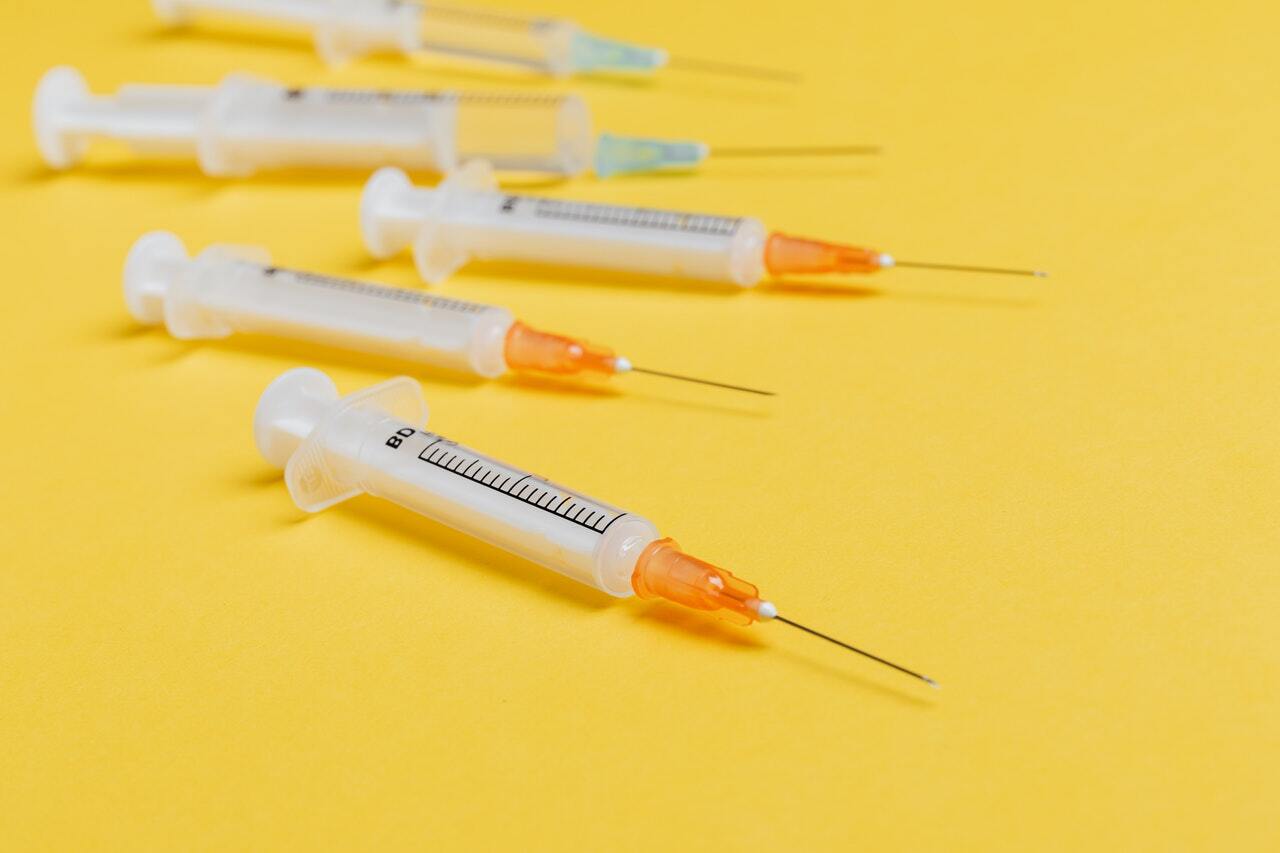
When it comes to legends and folklore, few stories are as intriguing and mysterious as those surrounding the enigmatic beings known as Skin Walkers. These mythical creatures have long captivated the human imagination, with tales of their shape-shifting abilities and dark powers spreading across cultures and generations. In this article, we will dive deep into the world of Skin Walkers and uncover 18 fascinating facts about these legendary beings. From their origins in Native American mythology to their role in modern pop culture, the story of the Skin Walkers is one that is steeped in both fear and fascination. So, get ready to embark on a journey into the realm of the supernatural as we unravel the secrets of these elusive creatures.
Key Takeaways:
- Skin Walkers are supernatural beings from Native American folklore, able to shapeshift into animals and possess dark powers. They are feared for their mind control and tracking abilities, making encounters with them terrifying.
- Native American tribes believe in protective charms to ward off Skin Walkers, who are vulnerable to silver and iron. The eerie legends of these creatures continue to captivate imaginations and spark caution in sacred lands.
What is a Skin Walker?
A Skin Walker is a supernatural creature originating from Native American folklore. It is believed to be a person who possesses the ability to shapeshift into different animals, mainly by wearing the skin of the animal.
Native American Legends
Skin Walkers are primarily associated with Navajo mythology, but similar stories and beliefs exist across various Native American tribes. They are often seen as powerful, malevolent beings with dark intentions.
Transformation Ability
The ability to transform into animals is one of the defining characteristics of a Skin Walker. They can take the form of any animal they desire, including wolves, coyotes, owls, and even bears.
Dark Magic
Skin Walkers are believed to gain their powers through practicing forbidden and dark magic. It is said that they have to perform a ritual that involves the consumption of human flesh.
The Art of Tracking
These mythical beings are known for their exceptional tracking skills. They possess a heightened sense of smell and keen eyesight, allowing them to track their prey with great precision.
Nighttime Predators
Skin Walkers are most active during the night, lurking in the shadows and preying on unsuspecting victims. It is believed that they have enhanced strength and agility during nighttime hours.
Mind Control Abilities
According to legends, Skin Walkers have the ability to control the minds of others. They can manipulate their victims’ thoughts, actions, and emotions, often leading them towards harm or causing them to act against their will.
Fear and Chaos
Communities that believe in Skin Walkers often view encounters with them as highly dangerous and terrifying. The fear of encountering a Skin Walker can lead to widespread panic and chaos.
Protective Charms
In Native American culture, various protective charms and amulets are believed to ward off Skin Walkers. These include using special herbs, placing certain symbols or patterns outside homes, or carrying specific talismans.
Taboo Topic
Many Native American tribes consider the topic of Skin Walkers taboo and prefer not to discuss them. It is believed that talking about these mythical creatures can attract their attention and bring bad luck.
Expert Mimics
Skin Walkers are known for their ability to mimic human voices and sounds, making it difficult to distinguish them from ordinary humans. They can imitate the cries of infants and the voices of loved ones to lure their victims.
Cursed Objects
It is believed that Skin Walkers can use cursed objects, such as jewelry or trinkets, to bring harm to their victims. These objects are said to carry dark energy and can cause illness, misfortune, or even death.
The Power of Eyes
According to some legends, a Skin Walker’s eyes can change color or glow in the dark. This eerie characteristic adds to the chilling aura surrounding these mystical creatures.
Invisibility and Evasion
Skin Walkers are said to possess the ability to become invisible or blend seamlessly into their surroundings. This makes them adept at evading capture or detection while on their nocturnal hunts.
Generational Curse
It is believed that the ability to become a Skin Walker is passed down through generations within certain families or bloodlines. They are said to inherit the skills and powers from their ancestors.
Vulnerabilities of Silver and Iron
Similar to other supernatural creatures, Skin Walkers are believed to be vulnerable to specific materials such as silver and iron. These materials are often considered powerful deterrents or weapons against them.
Sacred Land
There is a belief that Skin Walkers are tied to specific sacred lands, and they are unable to leave those areas. This adds an element of caution for those venturing into these regions, as encounters with Skin Walkers are more likely.
Transformation Control
Controlling the transformation process is crucial for a Skin Walker. It is said that if they lose control or become stuck in an animal form, they may remain that way forever.
These 18 Skin Walker facts shed light on the mysterious and chilling realm of Native American folklore. While some view them as nothing more than legends, others continue to believe in their existence and the danger they pose. The legends surrounding Skin Walkers continue to captivate the imagination, reminding us of the power of myth and the mysteries that still lie beyond our understanding.
Conclusion
In conclusion, skin walkers are intriguing and mysterious beings with a rich cultural history. From their ability to shapeshift into different animals to their association with dark magic, skin walkers captivate the imagination. While there is a lack of scientific evidence to support their existence, their presence continues to be deeply rooted in Native American folklore and beliefs.Through learning about skin walkers, we gain insight into the cultural significance of these legends and their lasting impact on communities. Whether one believes in their existence or views them as mere tales, the fascination surrounding skin walkers persists.While the mysteries and lore surrounding skin walkers may never be fully explained, they remain an enduring symbol of the supernatural and the power of storytelling.
FAQs
1. What is a skin walker?
A skin walker is a mythical being from Native American folklore. They are said to possess the ability to shapeshift into various animals.
2. Are skin walkers real?
While skin walkers are deeply ingrained in Native American folklore, there is no scientific evidence to support their existence.
3. What powers do skin walkers have?
Skin walkers are believed to have the power to transform into animals, manipulate minds, and perform dark magic.
4. Where are skin walkers commonly found?
Skin walker legends are most prevalent in the Navajo and other Native American tribes of the Southwest United States.
5. Are skin walkers dangerous?
According to folklore, skin walkers are considered dangerous beings associated with malevolence and dark magic.
6. Can anyone become a skin walker?
According to belief, individuals can become skin walkers by breaking cultural taboos and performing certain rituals.
7. How do you protect yourself from skin walkers?
Various Native American tribes have different methods of protection, including using sacred herbs, performing rituals, and wearing protective charms.
8. Are there any encounters with skin walkers?
Encounters with skin walkers are often reported by individuals living in areas where the legends are prevalent, but these encounters are subjective and lack concrete evidence.
9. Can skin walkers be killed?
According to folklore, skin walkers can be killed, but it requires special knowledge and rituals to do so.
10. Why are skin walkers feared?
Skin walkers are feared due to their association with dark magic, malevolence, and their ability to harm or manipulate others.
Was this page helpful?
Our commitment to delivering trustworthy and engaging content is at the heart of what we do. Each fact on our site is contributed by real users like you, bringing a wealth of diverse insights and information. To ensure the highest standards of accuracy and reliability, our dedicated editors meticulously review each submission. This process guarantees that the facts we share are not only fascinating but also credible. Trust in our commitment to quality and authenticity as you explore and learn with us.


